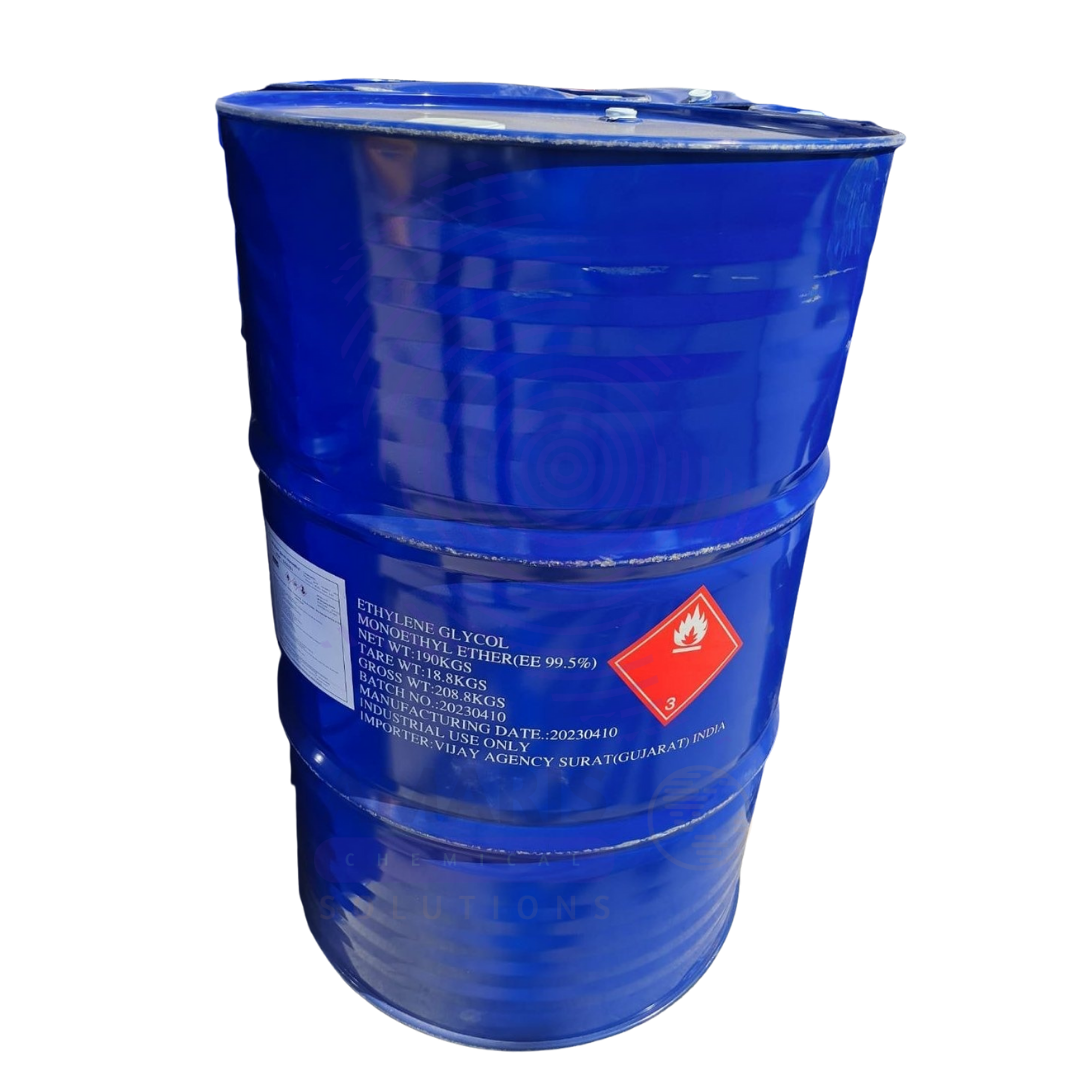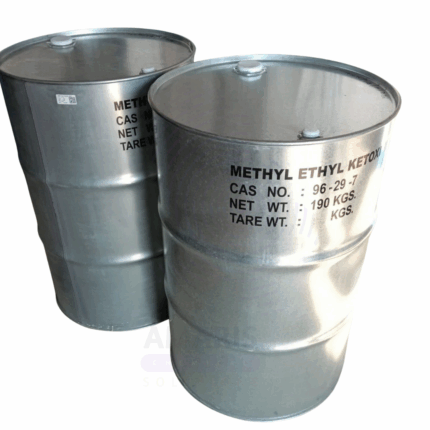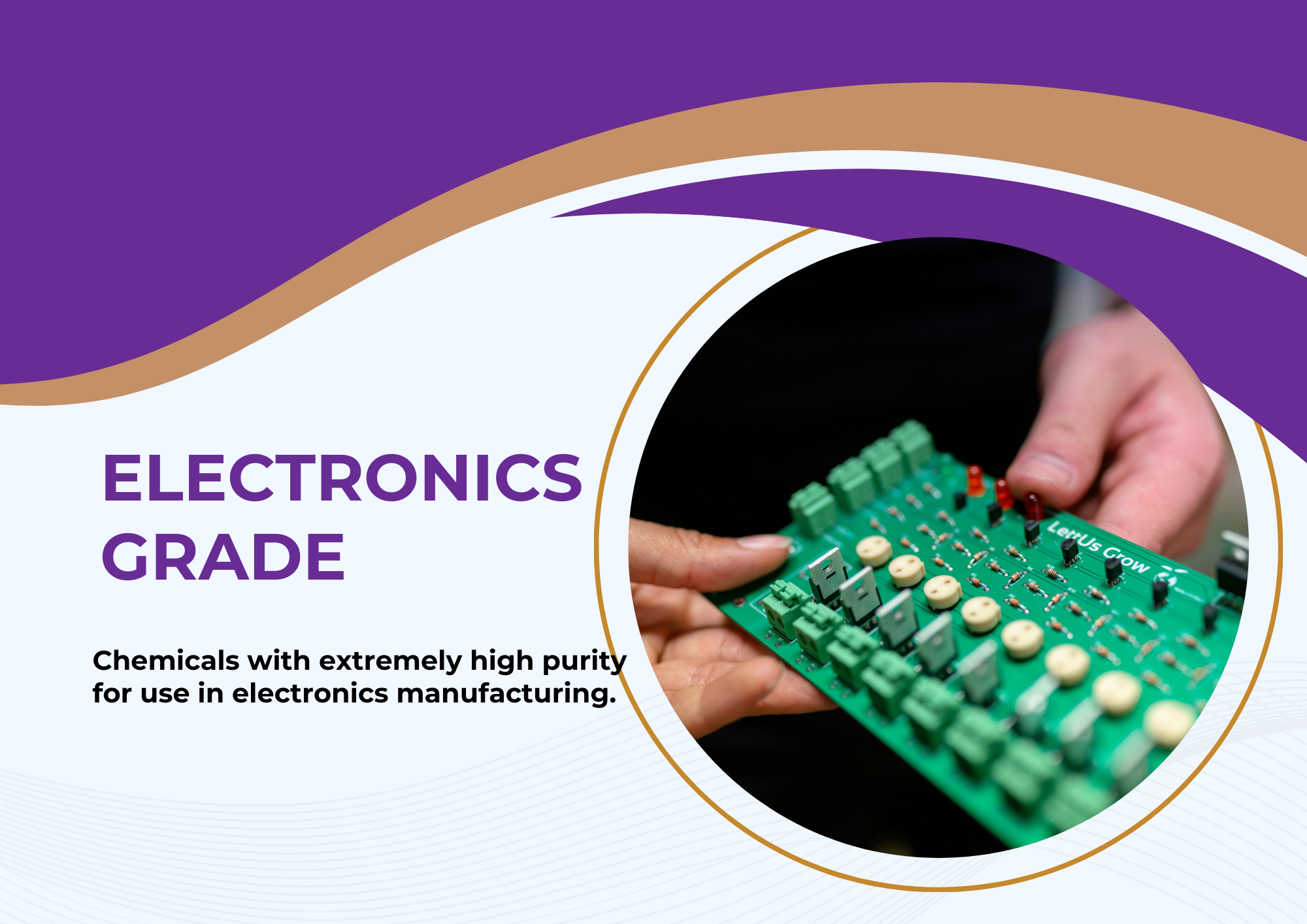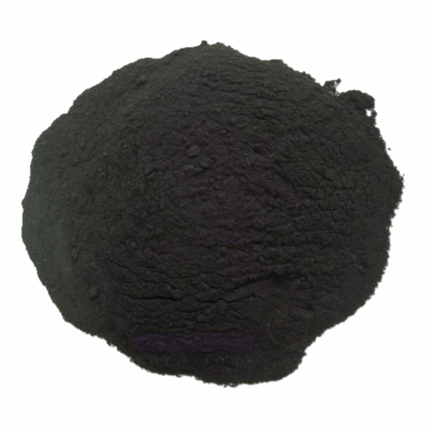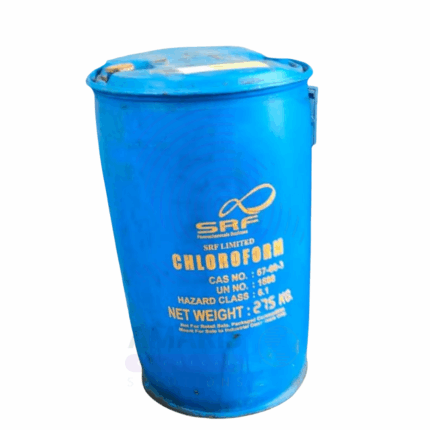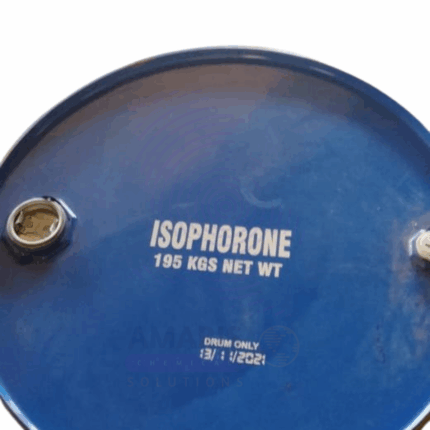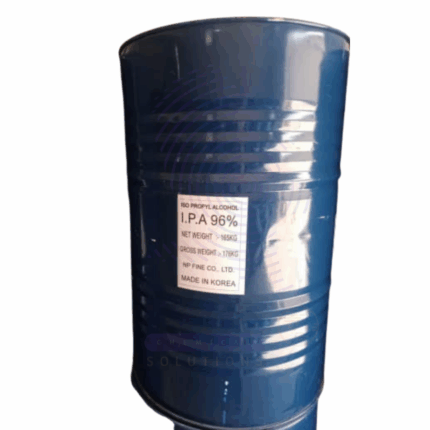“Ammonia solution” has been added to your cart. View cart
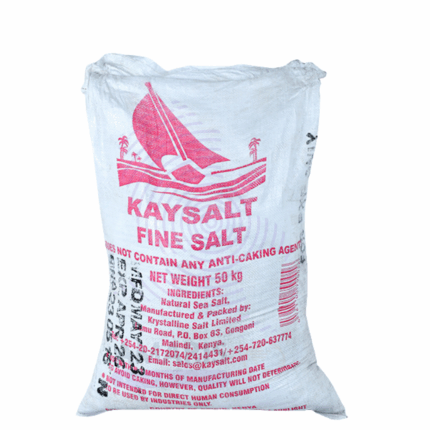
Bakery Salt
$ 2.00 Original price was: $ 2.00.$ 1.20Current price is: $ 1.20.
Ethylene Glycol Monoethyl Ether
Whatsapp Order
Ethylene Glycol Monoethyl Ether, also known as 2-Ethoxyethanol or Ethyl Cellosolve, is a clear, colorless, and hygroscopic liquid with moderate volatility and excellent solvency. It belongs to the glycol ether family and is widely used as a solvent and coalescing agent due to its ability to dissolve both polar and non-polar compounds. It is miscible with water and many organic solvents and has a moderate boiling point (~135°C). It finds extensive applications across coatings, inks, adhesives, cleaners, and chemical synthesis industries.
Description
Table of Contents
Toggle
Ethylene Glycol Monoethyl Ether
Primary Uses
- Coatings & Paints
- Acts as a coalescing solvent to improve film formation, gloss, and leveling in waterborne and solvent-based coatings.
- Compatible with acrylics, alkyds, polyurethanes, and nitrocellulose resins.
- Used extensively in automotive, industrial, and architectural paints and varnishes.
- Printing Inks
- Utilized as a solvent in flexographic, gravure, and letterpress inks.
- Enhances pigment dispersion, drying control, and adhesion on paper and plastic substrates.
- Adhesives & Sealants
- Functions as a solvent and viscosity modifier in pressure-sensitive, contact, acrylic, and urethane adhesives.
- Improves tack, peel strength, flow properties, and curing efficiency.
- Common in wood adhesives, laminates, and construction sealants.
- Cleaning & Degreasing
- Employed in industrial and household degreasers for effective removal of oils, greases, and waxes from metals and glass.
- Chemical Intermediate
- Serves as a solvent and reaction medium in the synthesis of pharmaceuticals, agrochemicals, dyes, and specialty chemicals.
Secondary Uses
- Textile Industry
- Used in dyeing, printing, and finishing processes to improve wetting, penetration, and color fastness.
- Cosmetics & Personal Care
- Incorporated as a solvent and carrier in nail polish removers, perfumes, and skincare products (subject to regulatory limits).
- Agriculture
- Acts as a solvent and adjuvant in pesticide, herbicide, and fungicide formulations.
- Electronics & Photographic Industry
- Used in photoresist chemicals for circuit board manufacturing and photoimaging.
- Fuel Additives & Biofuels
- Employed as a solvent/carrier in fuel additive formulations.
PRODUCT KEY FEATURES
- Basic Identification Attributes
- Chemical Name (IUPAC): 2-Ethoxyethanol
- Common/Trade Name: Ethylene Glycol Monoethyl Ether (EGEE)
- CAS Number: 110-80-5
- HS Code: 2914.19.90
- Molecular Formula: C4H10O2
- Synonyms: Ethylene glycol monoethyl ether, Ethyl Cellosolve
- Physical & Chemical Properties
- Physical State: Clear, colorless liquid
- Odor: Mild ether-like
- Boiling Point: 135°C
- Melting Point: -70°C
- Density: 0.93 g/cm³ at 20°C
- Viscosity: ~1.3 cP at 20°C
- Solubility: Miscible with water, alcohols, ketones, many solvents
- Vapor Pressure: 3.9 mmHg at 20°C
- Flash Point: 63°C (closed cup)
- Refractive Index: 1.426 at 20°C
- pH: Neutral (~7 in aqueous solution)
- Stability: Stable under normal conditions; avoid oxidizers
- Safety & Hazard Attributes
- Hazard Class (GHS): Flammable liquid (Category 3), skin and eye irritant
- Toxicity: Moderate acute toxicity; irritation upon prolonged exposure
- Exposure Limits:
- OSHA PEL: 50 ppm
- ACGIH TLV: 20 ppm
- Routes of Exposure: Inhalation, skin absorption, eye contact
- Storage & Handling Attributes
- Storage Conditions: Store in a cool, dry, well-ventilated area away from heat and ignition sources
- Container Type: Steel drums or solvent-resistant polyethylene containers
- Shelf Life: Approximately 12 months when stored properly
- Handling Precautions: Use adequate ventilation, avoid skin and eye contact, prevent vapor accumulation
- Regulatory & Compliance Attributes
- REACH Registration: Registered in EU
- TSCA: Listed on US EPA Inventory
- FDA Status: Not approved for food or drug use
- VOC Regulations: Classified as VOC in many jurisdictions
- Usage Restrictions: Subject to occupational exposure limits and environmental regulations
- Environmental & Health Impact
- Biodegradability: Readily biodegradable under aerobic conditions
- Ecotoxicity: Low to moderate toxicity to aquatic life; avoid environmental release
- Bioaccumulation: Not expected
Carcinogenicity/Mutagenicity: Not classified
SAFETY HANDLING PRECAUTIONS
Safety Handling Precautions
- Personal Protective Equipment (PPE):
- Protective gloves (nitrile or neoprene)
- Safety goggles or face shield
- Protective clothing
- Respiratory protection if ventilation is inadequate
- Handling Guidelines:
- Use in well-ventilated areas or under local exhaust ventilation
- Avoid skin and eye contact
- Avoid inhalation of vapors
- Prevent spills and vapor buildup
- Storage Measures:
- Keep containers tightly sealed
- Store away from oxidizers, acids, and ignition sources
- Maintain cool, dry, well-ventilated conditions
- Hygiene Practices:
- Wash hands thoroughly after handling
- Do not eat, drink, or smoke during handling
- Clean contaminated surfaces regularly
First Aid Measures
- Inhalation:
- Move affected person to fresh air; seek medical attention if respiratory irritation occurs
- Skin Contact:
- Wash with soap and water; remove contaminated clothing; seek medical attention if irritation persists
- Eye Contact:
- Rinse eyes with plenty of water for at least 15 minutes; seek medical advice if irritation continues
- Ingestion:
- Rinse mouth with water; do not induce vomiting; seek immediate medical assistance if large amounts ingested
Firefighting Measures
- Fire Hazards:
- Flammable liquid; vapors may form explosive mixtures with air
- Extinguishing Media:
- Foam, dry chemical, carbon dioxide, or water spray
- Special Precautions:
- Firefighters should wear full protective gear and self-contained breathing apparatus
- Decomposition Products:
Carbon monoxide, carbon dioxide, and ethylene oxides
Related products
Acid Black 2 Powder
Acid Black 2 Powder is a synthetic anionic disazo dye belonging to the acid dye class, specifically formulated for intense black coloration with excellent light and wash fastness properties. This high-purity powder (100% active) exhibits superior solubility in aqueous solutions, making it particularly suitable for dyeing protein-based fibers like wool, silk, and nylon under acidic conditions. As a chromium-complex dye, it delivers enhanced color depth and improved fastness characteristics compared to non-metalized acid dyes. The powder form ensures precise dosing, consistent batch-to-batch reproducibility, and long-term stability when stored properly. Its molecular structure features sulfonic acid groups that facilitate strong ionic bonding with amino groups in fibers, resulting in vibrant, penetration-rich coloration with minimal bleeding.
Chloroform
Chloroform (Trichloromethane) is a clear, colorless, volatile liquid with a sweet, pleasant odor. It is a widely used organic solvent with excellent solvency for many substances. Historically employed as an anesthetic, chloroform is now primarily used in laboratories and industry for extraction, degreasing, and chemical synthesis. It has moderate volatility and is heavier than air, requiring careful handling to avoid inhalation hazards. Its chemical stability and ability to dissolve fats, alkaloids, and other substances make it valuable in pharmaceutical, chemical, and industrial processes.
Ink Reducer Ethanol
Ink Reducer Ethanol is a volatile, colorless liquid used to adjust the viscosity, flow, and drying time of printing inks. Composed primarily of high-purity ethanol (ethyl alcohol), it acts as a solvent or diluent in various ink systems—particularly in flexographic, gravure, and screen printing. This reducer enhances printability by improving ink transfer, leveling, and penetration into substrates. Ink reducers based on ethanol are fast-drying and widely compatible with alcohol-soluble and water-alcohol hybrid inks used in packaging, label printing, and paper conversion industries.
Isophorone
Isophorone is a colorless to pale yellow liquid with a pungent, ketone-like odor. Chemically classified as a cyclic α,β-unsaturated ketone (3,5,5-trimethyl-2-cyclohexen-1-one), it is a solvent widely used in industrial applications. It has good solvency properties for resins, paints, coatings, and inks, combined with relatively slow evaporation compared to other ketones. Isophorone is miscible with many organic solvents and used extensively in manufacturing and chemical synthesis.
Isopropyl Alcohol Grade Tech
Isopropyl Alcohol Grade Tech is a colorless, flammable liquid with a strong, characteristic alcohol odor. It is a solution containing approximately 85% isopropanol by volume, with the remainder primarily water. This technical-grade IPA is widely used as a solvent, disinfectant, and cleaning agent in industrial, pharmaceutical, and household applications. The 85% concentration balances efficacy with safety and evaporation rate, making it versatile for various uses.
Mono Ethylene Glycol (MEG)
Mono Ethylene Glycol (MEG) is a colorless, odorless, viscous liquid with a sweet taste. It is a widely used organic compound belonging to the glycol family. MEG is primarily utilized as an antifreeze agent and a raw material in the production of polyester fibers and resins. Its excellent solvent properties, low volatility, and high boiling point make it valuable across various industrial applications.
Mono Ethylene Glycol (MEG)
Mono Ethylene Glycol (MEG) is a colorless, odorless, viscous liquid with a sweet taste. It is a widely used organic compound belonging to the glycol family. MEG is primarily utilized as an antifreeze agent and a raw material in the production of polyester fibers and resins. Its excellent solvent properties, low volatility, and high boiling point make it valuable across various industrial applications.


 Preservatives(food)
Preservatives(food) Flavor Enhancers
Flavor Enhancers Acidulants
Acidulants Sweeteners
Sweeteners Antioxidants
Antioxidants Colorants(food)
Colorants(food) Nutraceutical Ingredients (food)
Nutraceutical Ingredients (food) Nutrient Supplements
Nutrient Supplements Emulsifiers
Emulsifiers
 Collectors
Collectors Dust Suppressants
Dust Suppressants Explosives and Blasting Agents
Explosives and Blasting Agents Flocculants and Coagulants
Flocculants and Coagulants Frothers
Frothers Leaching Agents
Leaching Agents pH Modifiers
pH Modifiers Precious Metal Extraction Agents
Precious Metal Extraction Agents
 Antioxidants(plastic)
Antioxidants(plastic) Colorants (Pigments, Dyes)
Colorants (Pigments, Dyes) Fillers and Reinforcements
Fillers and Reinforcements Flame Retardants
Flame Retardants Monomers
Monomers Plasticizers
Plasticizers Polymerization Initiators
Polymerization Initiators Stabilizers (UV, Heat)
Stabilizers (UV, Heat)
 Antifoaming Agents
Antifoaming Agents Chelating Agents
Chelating Agents Coagulants and Flocculants
Coagulants and Flocculants Corrosion Inhibitors
Corrosion Inhibitors Disinfectants and Biocides
Disinfectants and Biocides Oxidizing Agents
Oxidizing Agents pH Adjusters
pH Adjusters Scale Inhibitors( water)
Scale Inhibitors( water)
 Antioxidants(cosmetic)
Antioxidants(cosmetic) Emollients
Emollients Fragrances and Essential Oils
Fragrances and Essential Oils Humectants
Humectants Preservatives
Preservatives Surfactants(cosmetic)
Surfactants(cosmetic) Thickeners
Thickeners UV Filters
UV Filters
 Fertilizers
Fertilizers Soil Conditioners
Soil Conditioners Plant Growth Regulators
Plant Growth Regulators Animal Feed Additives
Animal Feed Additives Biostimulants
Biostimulants Pesticides (Herbicides, Insecticides, Fungicides)
Pesticides (Herbicides, Insecticides, Fungicides)
 Active Pharmaceutical Ingredients (APIs)
Active Pharmaceutical Ingredients (APIs) Excipients
Excipients Solvents(pharmaceutical)
Solvents(pharmaceutical) Antibiotics
Antibiotics Antiseptics and Disinfectants
Antiseptics and Disinfectants Vaccine Adjuvants
Vaccine Adjuvants Nutraceutical Ingredients (pharmaceutical)
Nutraceutical Ingredients (pharmaceutical) Analgesics & Antipyretics
Analgesics & Antipyretics
 Analytical Reagents
Analytical Reagents Solvents(lab)
Solvents(lab) Chromatography Chemicals
Chromatography Chemicals Spectroscopy Reagents
Spectroscopy Reagents microbiology-and-cell-culture-reagents
microbiology-and-cell-culture-reagents Molecular Biology Reagents
Molecular Biology Reagents Biochemical Reagents
Biochemical Reagents Inorganic and Organic Standards
Inorganic and Organic Standards Laboratory Safety Chemicals
Laboratory Safety Chemicals Specialty Laboratory Chemicals(Special Laboratory Equipment)
Specialty Laboratory Chemicals(Special Laboratory Equipment)
 Demulsifiers
Demulsifiers Hydraulic Fracturing Fluids
Hydraulic Fracturing Fluids Scale Inhibitors(oil)
Scale Inhibitors(oil) Surfactants(oil)
Surfactants(oil) Drilling Fluids
Drilling Fluids
 Dyes and Pigments
Dyes and Pigments Bleaching Agents
Bleaching Agents Softening Agents
Softening Agents Finishing Agents
Finishing Agents Antistatic Agents
Antistatic Agents
 Admixtures
Admixtures Waterproofing Agents
Waterproofing Agents Sealants and Adhesives
Sealants and Adhesives Curing Compounds
Curing Compounds Concrete Repair Chemicals
Concrete Repair Chemicals Anti-Corrosion Coatings
Anti-Corrosion Coatings
 Surfactants(cleaning)
Surfactants(cleaning) Builders
Builders Enzymes
Enzymes Solvents (Cleaning)
Solvents (Cleaning) Fragrances
Fragrances
 Electronic Chemicals
Electronic Chemicals Catalysts
Catalysts Lubricants
Lubricants Photographic Chemicals
Photographic Chemicals Refrigerants
Refrigerants Automotive chemicals
Automotive chemicals Pyrotechnic Chemicals
Pyrotechnic Chemicals
 Biodegradable Surfactants
Biodegradable Surfactants Bio-based Solvents
Bio-based Solvents Renewable Polymers
Renewable Polymers Carbon Capture Chemicals
Carbon Capture Chemicals Wastewater Treatment Chemicals
Wastewater Treatment Chemicals
 Pigments
Pigments Solvents(paint)
Solvents(paint) Specialty Coatings
Specialty Coatings Binders/Resins
Binders/Resins Additives
Additives Driers
Driers Anti-Corrosion Agents
Anti-Corrosion Agents Functional Coatings
Functional Coatings Application-Specific Coatings
Application-Specific Coatings
 Fresh Herbs
Fresh Herbs Ground Spices
Ground Spices Whole Spices
Whole Spices Spice Blends
Spice Blends Dried Herbs
Dried Herbs
 Leavening Agents
Leavening Agents Dough Conditioners
Dough Conditioners Flour Treatments
Flour Treatments Fat Replacers
Fat Replacers Decoratives
Decoratives Preservatives(baking)
Preservatives(baking)
 Plasticizers & Softeners
Plasticizers & Softeners Reinforcing Agents
Reinforcing Agents Adhesion Promoters
Adhesion Promoters Vulcanizing Agents
Vulcanizing Agents Antidegradants
Antidegradants Blowing Agents
Blowing Agents Fillers & Extenders
Fillers & Extenders Accelerators & Retarders
Accelerators & Retarders